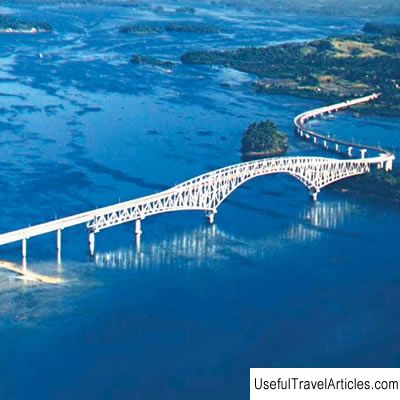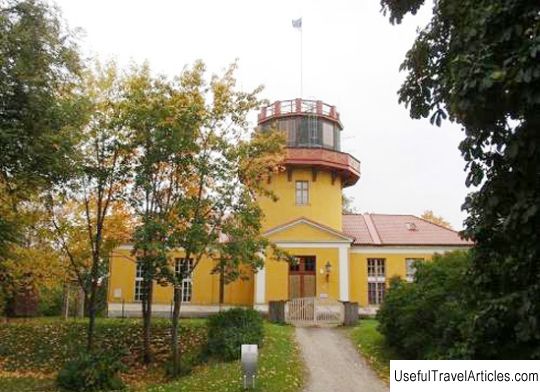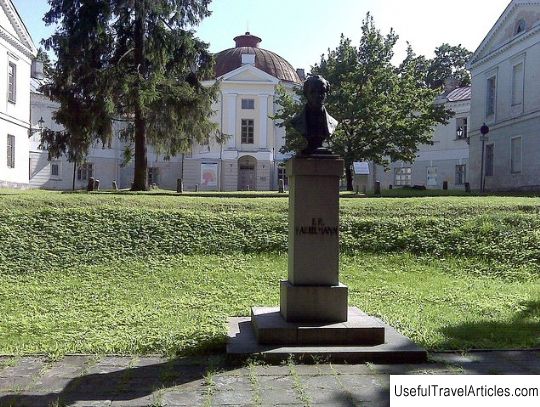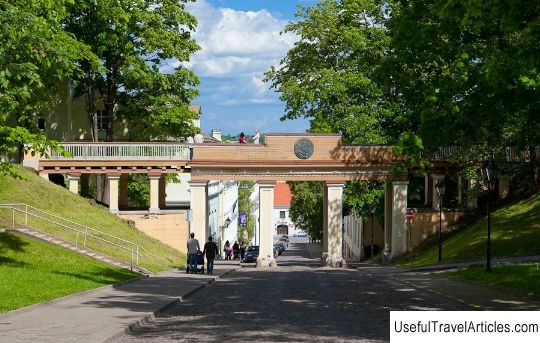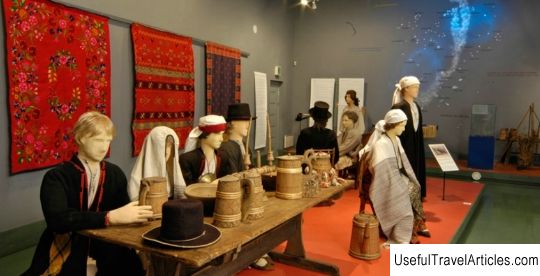Toomemagi Hill (Domberg) description and photos - Estonia: Tartu
Rating: 9,5/10 (1504 votes) 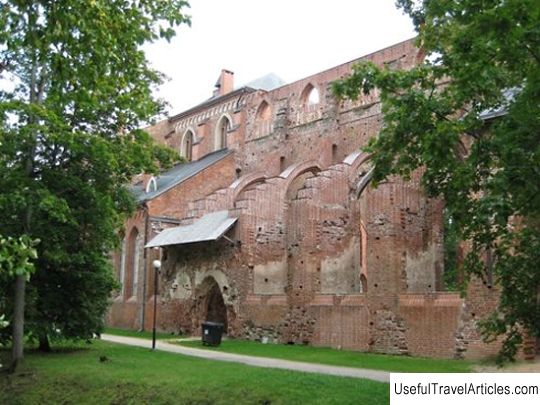
Toomemagi Hill (Domberg) description and photos - Estonia: Tartu. Detailed information about the attraction. Description, photographs and a map showing the nearest significant objects. The title in English is Toomemagi. Photo and descriptionTranslated from Estonian Toomemagi means "Dome Mountain". However, this hill is not a mountain in the literal sense of the word. This is a spit that was formed from post-glacial deposits of sand and gravel. The height of the hill above sea level is 66 meters. Many centuries ago, Toomemagi Hill was the center of an ancient settlement. Later, the castle was located here, which was the seat of the Tartu bishop. After the Northern War, the bastions of the castle lost their defensive significance. Some of the ruins were buried, some of the remaining materials were used to build houses. So, gradually, over the long history, the landscape of Toomemagi was formed: initially - thanks to nature, and then, over the centuries - to people. At that time, the hill was used by the locals as a pasture. Toomemagi Hill, which in the 19th century began to be called in the German manner - Domberg, became a gift to the university from Emperor Paul I. The first rector of the university G. Parrot, director of the scientific library K. Morgenstern and university architect I. Krause decided to lay out a park on a hill, open to all comers and , in addition, to locate some university buildings on its territory. The idea was to set up a park in the English style, with plantings close to the natural landscape. The first building was used to build a university rotunda, then the main university building and an observatory. In the surviving part of the ruins that remained from the Dome Cathedral, the university library was placed. In 1850, under the leadership of the architect I. Krause, the first trees were planted here. Most likely, The oldest trees in the park, deciduous trees and pines, which are more than 200 years old, date from this time. There are many monuments and buildings of architectural and historical value in the park: the Museum of the History of Tartu university, located in the building of the former Dome Cathedral; Angel's and Devil's bridges, old Anatomikum, observatory. On the Angel Bridge, which is Domberg's gate, there is an inscription which, translated from Latin, means: “Rest restores strength.” There is a Sacrificial Stone in the park, which is supposed to have survived from ancient times, when on Toomemagi there was a sacred oak grove. It seems that Estonians held various cult ceremonies there. The sacrificial stone is located on the site of the former pond with a grotto, which was here even before the beginning of the last century. This is reminded of the Bridge of Sighs, which leads to the Hill of Kisses. The grotto and the slide were made from the ruins of the corner tower of the city wall. Hill of Kisses is one of the favorite walking places for young people. A custom has developed about this place, which has survived to this day from pre-war history. According to this custom, students' graduation balls ended with a walk to the Gorka of Kisses. The park includes Kassitoome - a former sand quarry, which is now greened. Together with Kassitoome, the park covers an area of 15.6 hectares, making it the largest park in Tartu.         We also recommend reading A. Green Museum description and photo - Crimea: Feodosia Topic: Toomemagi Hill (Domberg) description and photos - Estonia: Tartu. |
